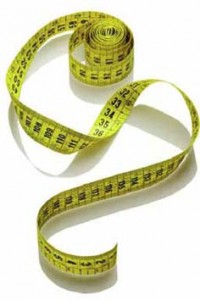When we set up a Google Scholar profile for the collection about a year ago (see a note on this here and our methods in creating it here), we began to pay more attention to publications that had cited articles that the bird collection had directly contributed to in some way. You might think of these as second-generation contributions accumulating downstream from the direct use of this collection. Usually, these once-removed, downstream uses are papers on familiar subjects, contributions to the science of birds or to evolutionary biology and zoology.
But imagine our delight to come across a wonderful paper by Dr. Debby Herbenick and colleagues entitled “Erect Penile Length and Circumference Dimensions of 1,661 Sexually Active Men in the United States”.
Debby was kind enough to send me a pdf reprint of their paper, and I was impressed by the genius of the self-reporting honesty engendered in the study by targeting self-interest motivations to obtain accuracy. I was also intrigued by her email, which outlined that their real goal was not to accurately measure male genitalia, but rather to obtain accurate estimates of the female. This sort of “reverse Archimides” approach is classic science at its best, and even an ornithologist can appreciate it.
This paper cited one that had used the Bird Collection here at the University of Alaska Museum as a repository for waterfowl specimens used in a study of bird genitalia. Now, the cynical might say that tracking the threads of science in this way is as trivial as the number of ergs that a firefly expends in producing a short burst of bioluminescent light. But they would miss the point that it is all in the poetry of the flash.

